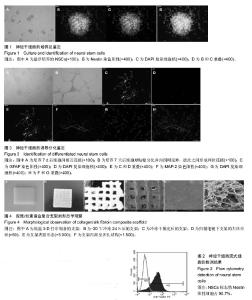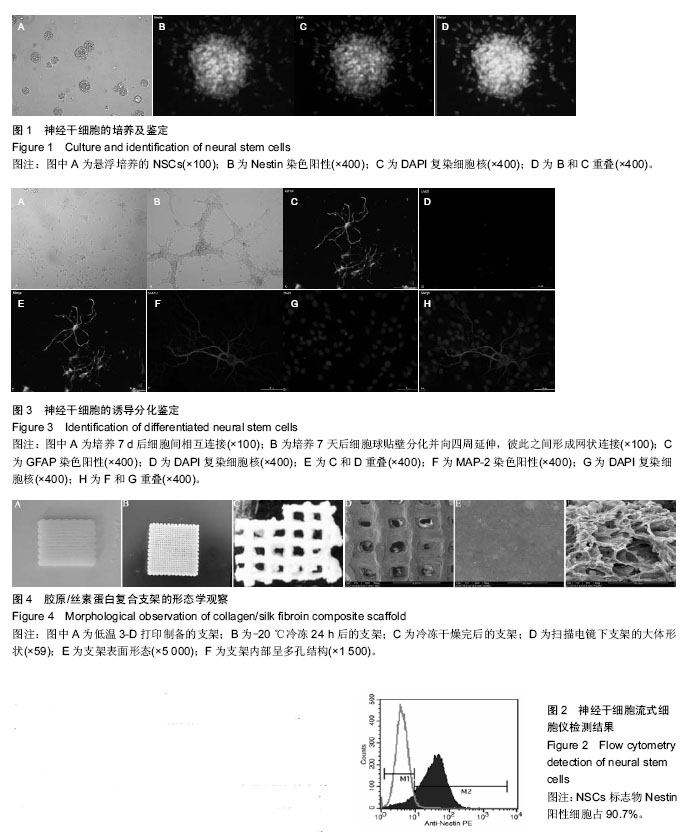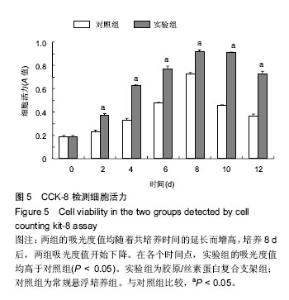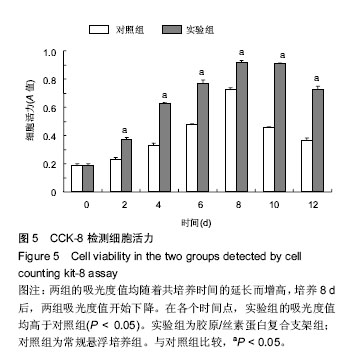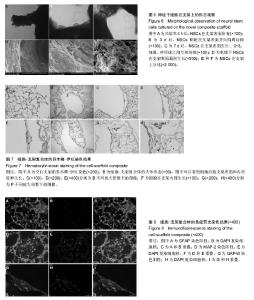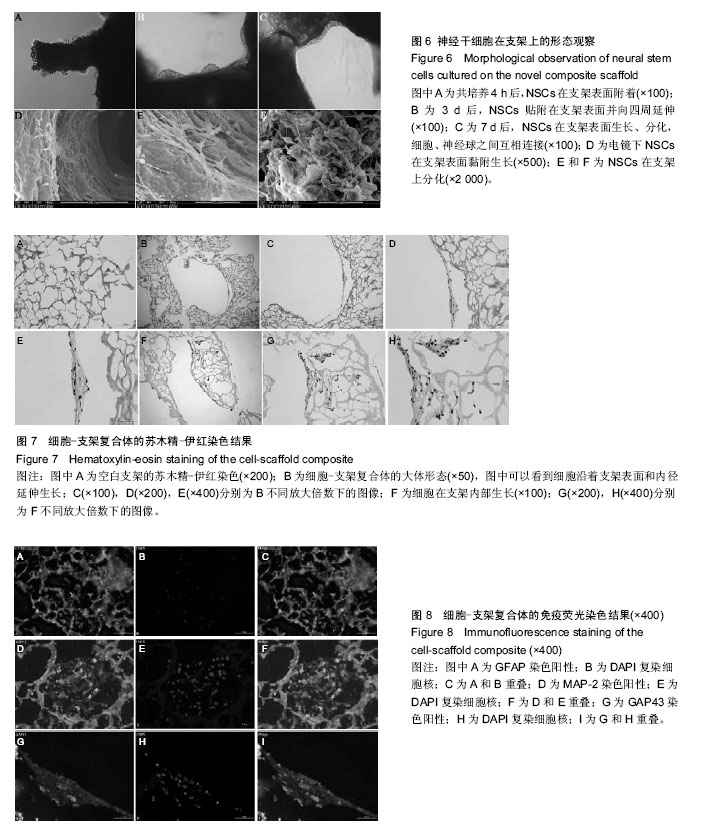| [1] Ma T, Klann E. PERK: A novel therapeutic target for neurodegenerative diseases. Alzheimers Res Ther. 2014;6(3):30. [2] Rice MA, Dodson BT, Arthur JA, et al. Cell-based therapies and tissue engineering. Otolaryngol Clin North Am. 2005;38(2):199-214. [3] 邢冉.干细胞移植治疗脊髓损伤研究与临床应用[J]. 中风与神经疾病杂志, 2014,31(8):752-754. [4] 吴婷,李朝晖,崔占峰,等.应用多种水凝胶支架材料构建三维神经干细胞培养模型[J].中国细胞生物学学报, 2015, 37(1):66-73. [5] Bhardwaj N, Kundu SC. Chondrogenic diferentiation of rat MSCs on porous scaf olds of silk f broin/chitosan blends. Biomaterials. 2012;33(10):2848-2857. [6] Lu Q, Hu K. Preparation of three-dimensional fbroin/ collagen scaf olds in various pH conditions. J Mat Sci. 2008;19(2):629-634. [7] Feng XX, Zhang LL, Chen JY, et al. Preparation and characterization of novel nanocomposite films formed from silk f broin and nano-TiO2. Int J Biol Macromol. 2007;40(2):105-111. [8] 衣昕.壳聚糖支架与神经干细胞生物相容性的研究[J].神经解剖学杂志,2007,23(5):506-510.[9] 任荣梅.血管生成三维培养模型的研究进展[J]. 医学综述,2015,21(16):2881-2884.[10] Tavares I. Human neural stem cell transplantation in spinal cord injury models: how far from clinical application. Stem Cell Res Ther. 2013;4(3):61. [11] Kanemura Y, Kobayashi S, Kodama E, et al. Evaluation of in vitro proliferative activity of human fetal neural stem/progenitor cells using indirect measurements of viable cells based on cellular metabolic activity. J Neurosc Res. 2002;69(6):869-879.[12] 徐宁,钟建.丝素蛋白对纳米羟基磷灰石晶体生长的调控作用[J].中国组织工程研究, 2013,17(3):427-432. [13] 孔令玲.丝素蛋白支架的制备及其在组织工程中的应用[J].材料科学与工程学报,2013, 31(4):614-620.[14] 周继辉.新型纳米支架与神经干细胞的凋亡[J].中国组织工程研究,2013,17(3):419-426.[15] 刘琳,蔡玉荣.纳米羟基磷灰石/丝素蛋白复合支架材料的降解特性及生物相容性研究[J].化学学报, 2008,66(16): 1919-1923. [16] Tripathi G. A porous hydroxyapatite scaffold for bone tissue engineering: Physico-mechanical and biological evaluations. Ceramics Int. 2012;38(1):341-349. [17] 宁志刚. 胶原蛋白水凝胶在软组织工程中的应用期刊[J]. 中国骨伤, 2011,10(24):884-886. [18] 张振辉. 胶原蛋白/丝素蛋白的理化性质及静电纺胶原/丝素复合材料在骨组织工程中的应用[J].山东医药, 2014, 54(31):86-88.[19] 谢亮. 丝素蛋白多孔支架在大鼠脊髓血管化中的实验研究[J]. 中国现代医药杂志,2012,14(4):1-5.[20] Mauney JR, Cannon GM, Lovett ML,et al. Evaluation of gelspun silk-based biomaterials in a murine model of bladder augmentation. J Biomaterials.2011;32(3):808-818. [21] 谢敏凯. 丝素蛋白材料在组织工程中的新进展[J]. 中国组织工程研究, 2012,16(43):8105-8110. [22] 孔令玲. 丝素蛋白支架的制备及其在组织工程中的应用[J]. 材料科学与工程学报, 2013,31(4):614-620. |
